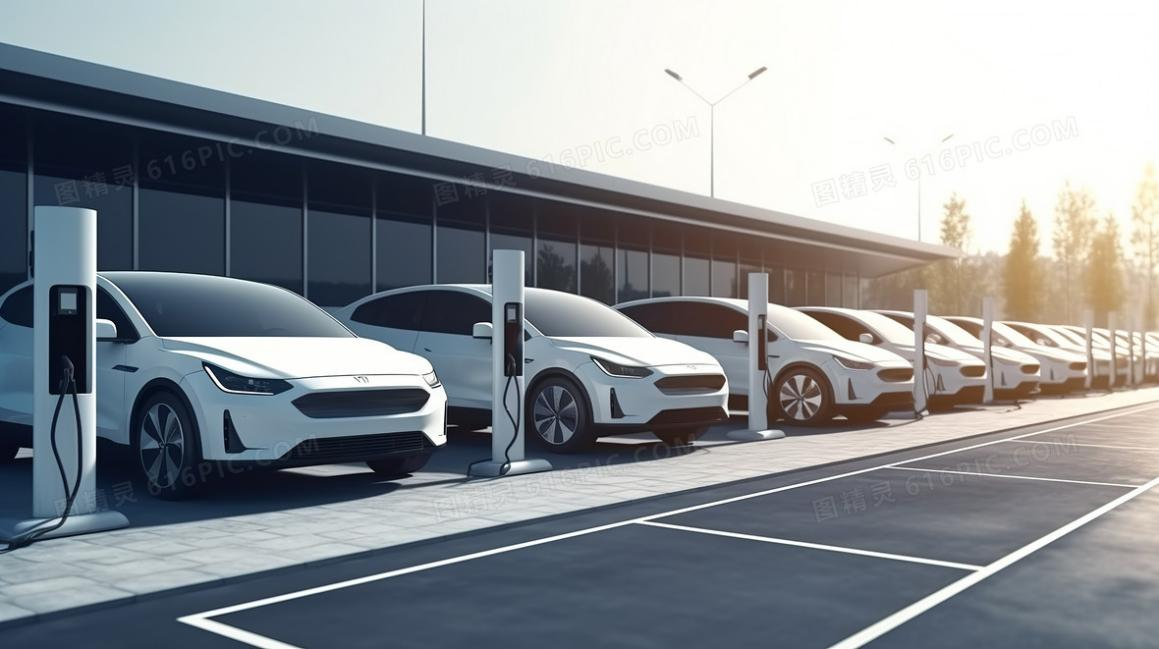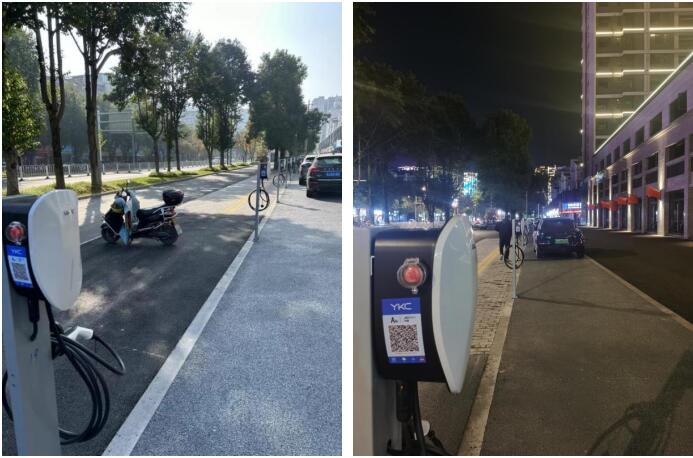How to build a commercial EV charging station?
2024-05-31
In recent years, with the gradual strengthening of people's awareness of environmental protection, and governments around the world are vigorously promoting and popularizing electric vehicles, trams are favored by many users because of their zero emission, low noise and low travel costs, and the retention rate of trams on the market continues to increase. This not only brings benefits to the public travel, but also greatly reduces carbon emissions, and its role in environmental protection is becoming increasingly prominent. However, with the increase of the number of trams, the number of charging piles installed to charge trams can not keep up with the demand of the market, and many users are facing the problem of difficult charging in the actual use of the process. Therefore, accelerating the construction of charging facilities has become the focus of each country and region.

The construction of a charging station often involves many aspects, such as the number of local EVs, the main EVs’ factory (different charging interfaces, respectively, the European standard, the American standard or the national standard), the status of the power infrastructure, the government's preferential policies, the operator's budget and so on. In order to let customers better understand the planning and construction of charging stations, we will introduce a recent case of a charging station.
Case name: Jiangnan Chenfu charging station
Case location: Huangshan City, Anhui Province, China
Customer demand: 50 sets of public charging column type AC EV charger
Policy subsidies: 100 yuan per kilowatt for subsidies, not more than 10% of the equipment investment
Solution requirements: single-phase 7kW, GB/T version, support OCPP platform, support mobile phone scan code payment
Product selection: Aegis series, 7kW EV Charger with GB/T Connector, built in 4G module
Operation solution:
Solution 1: First apply for an OCPP server, and then re-develop an application to connect with the server, equipped with a payment system suitable for local payment habits. Such as WeChat, Alipay, UnionPay or credit cards.
Solution 2: First apply for an OCPP server, and then attach to a payment platform, so that it can connect with the server. Then you can apply for the respective QR code according to the charger ID number, and scan the code to pay when you use it.
Considering that the development of an application first takes time, and the customer is not professional in this field, more manpower and material resources need to be invested in the maintenance and technical support of the application background. In contrast, the second solution is very mature, saving time and effort, only need to contact the payment platform, and connect the OCPP server, you can collect fees through the platform. So the client chose the second option.

Income analysis
The utility charge is 0.55/kwh and the service charge is 1.3/kwh, and the charging station is expected to have an 80% utilization rate of charging piles, and is expected to operate for an average of 6 hours per day. Considering all the costs (not considering the venue rental costs), including cables, columns, distribution boxes, electricity meters and other consumables, as well as labor costs, the cost recovery cycle of this project is: 4-5 months, the benefit is very impressive!
The above is the introduction of the general process, investment and return of building a charging station. Through the introduction of this project, we can see that the benefits of building and operating a charging station are considerable and it is a very good investment project. Do you need to ask more questions about tram charging stations? Welcome to call, letter consultation! Zhejiang Liya New Energy wholeheartedly serve you!




